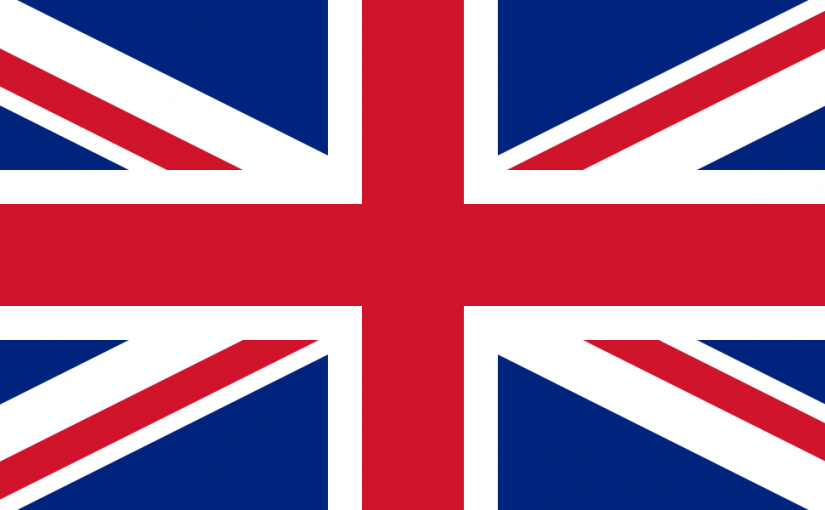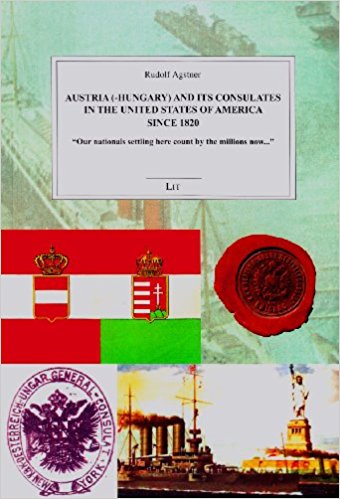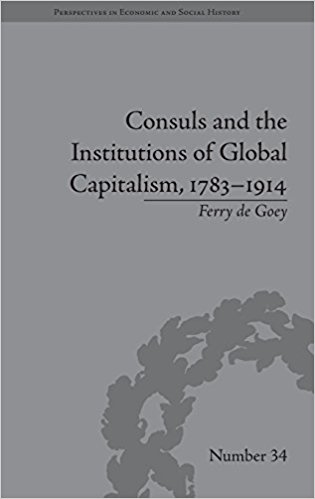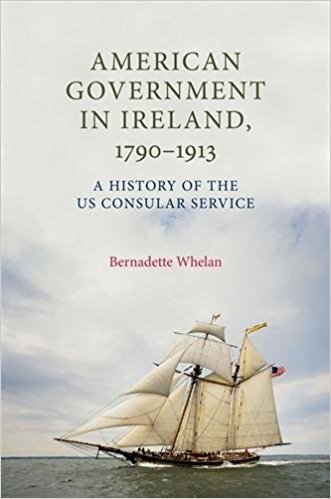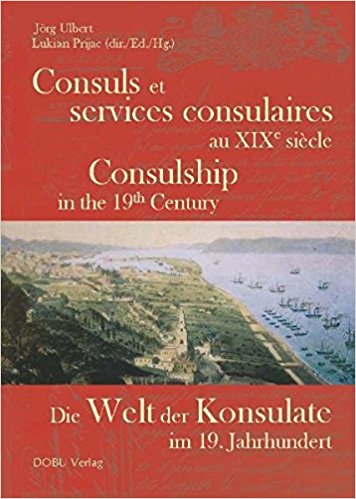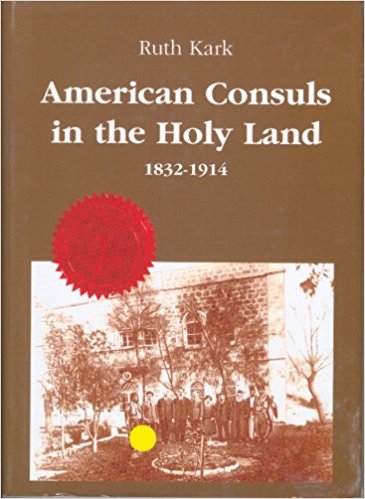In April 2018, I had the pleasure of being on a panel on “Reinterpreting the American State: Digital History’s Intervention” at the Organization of American Historians annual conference. Cameron Blevins organized the session and presented some of his work on the postal service, and our other two presenters were Jamie Pietruska, working on meteorological data collection, and Benjamin Hoy, working on the Canadian presence at the border with the United States. Our commentators were Susan Schulten and Gregory Downs.
My presentation included praise for the process of iterative mapping, as I showed some of the maps I have made for previous presentations.
On the subject of the state, I concluded:
I haven’t yet made up my mind if the lack of knowledge at the center was a help or a hindrance to the daily operation of the US Consular Service. Certainly, some might see it as evidence of a “weak” state. I lean toward the idea that the vacuum at the center allowed for officials to adapt to what was most effective in their local circumstances, thus more effectively projecting US sovereignty abroad.
